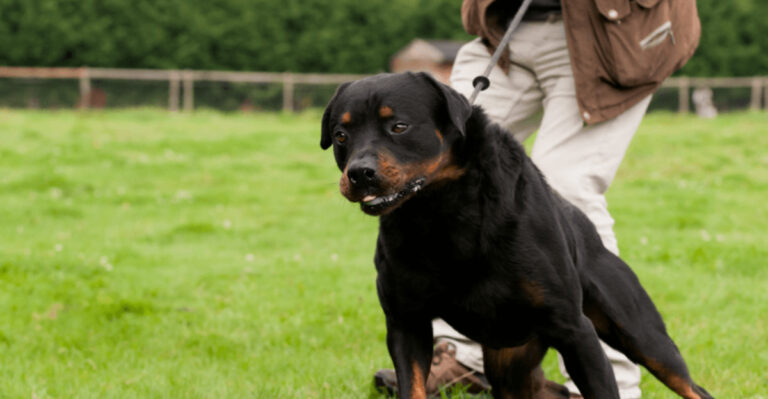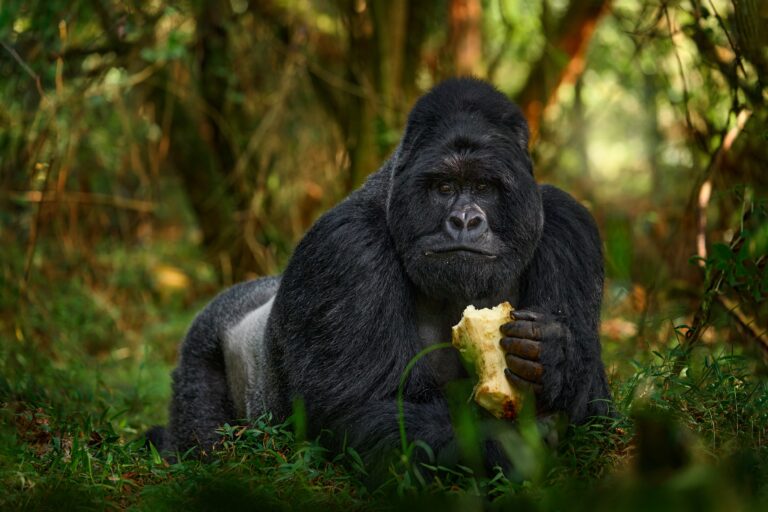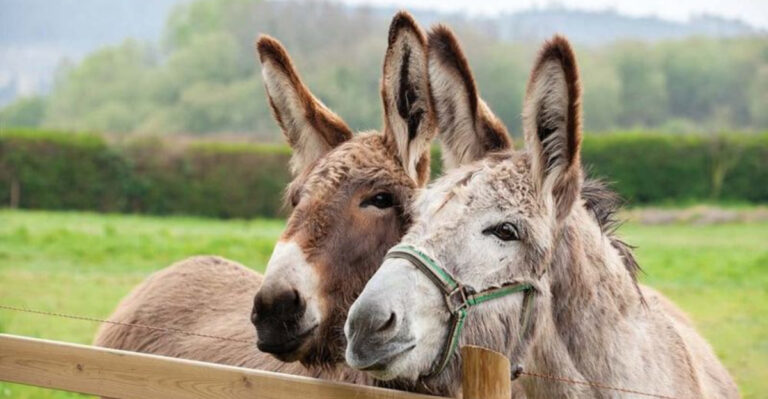10 Dog Breeds Often Returned To Shelters (And 5 That Are Easier For New Dog Owners)
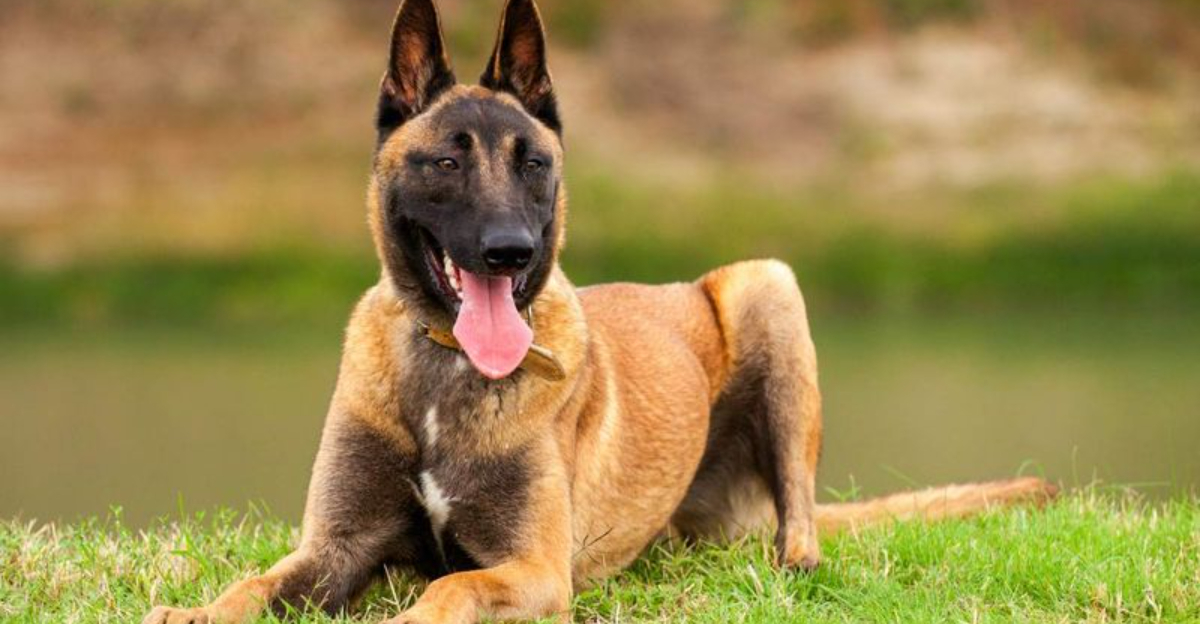
Bringing a new dog home is exciting, but not every match works out. Many families discover certain breeds don’t fit their lifestyle after adoption, leading to heartbreaking shelter returns.
Understanding which breeds might present challenges for first-timers – and which ones tend to be more beginner-friendly – can help create lasting bonds between dogs and their new families.
1. Siberian Huskies
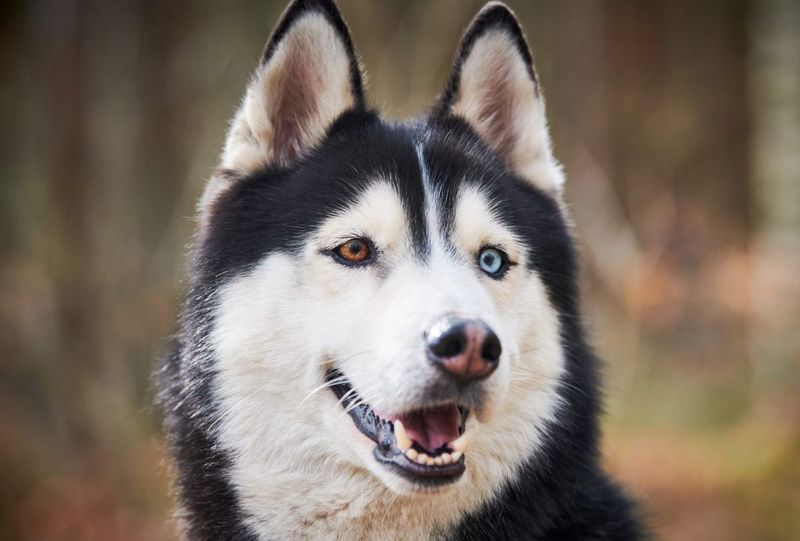
Those striking blue eyes hide a stubborn streak a mile wide! Huskies need tons of exercise and mental stimulation, or they’ll redecorate your home—by destroying it.
Many owners surrender these gorgeous pups when they can’t handle the daily 5-mile runs and escape-artist tendencies. Their thick double coat also means fur tumbleweeds everywhere.
2. Border Collies
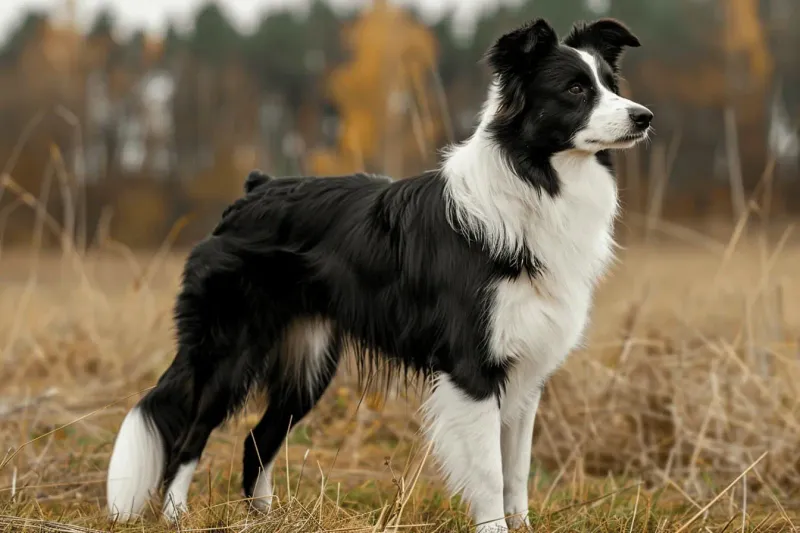
Genius-level intelligence becomes problematic when paired with relentless energy. Border Collies were bred to work all day, herding sheep across miles of countryside.
Without proper outlets, they’ll start herding children, visitors, or even your furniture. Many families surrender these workaholics when they realize a quick walk around the block isn’t nearly enough stimulation.
3. Belgian Malinois
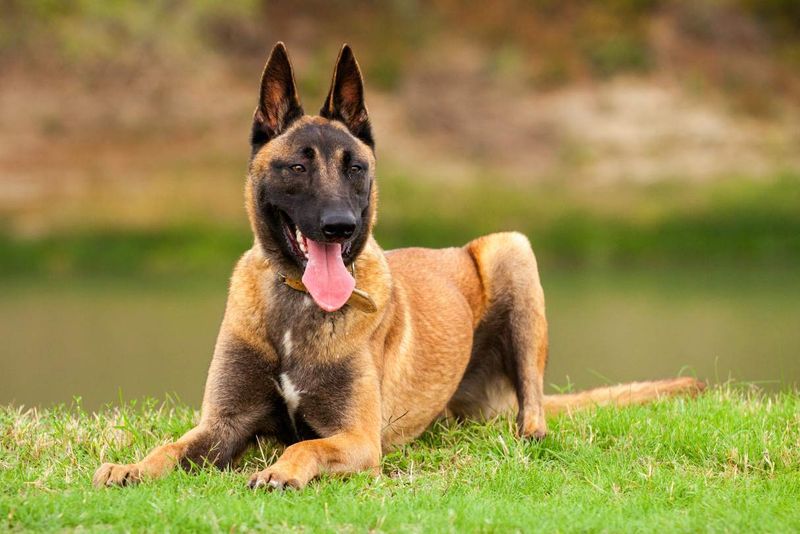
Action movie fans fall for these athletic powerhouses after seeing them alongside military heroes on screen. Reality hits hard when they discover these working dogs need serious jobs, not just couch time.
Without proper training and purpose, Malinois become destructive and anxious. Their intense drive makes them challenging even for experienced dog owners, leading to frequent shelter surrenders.
4. Jack Russell Terriers
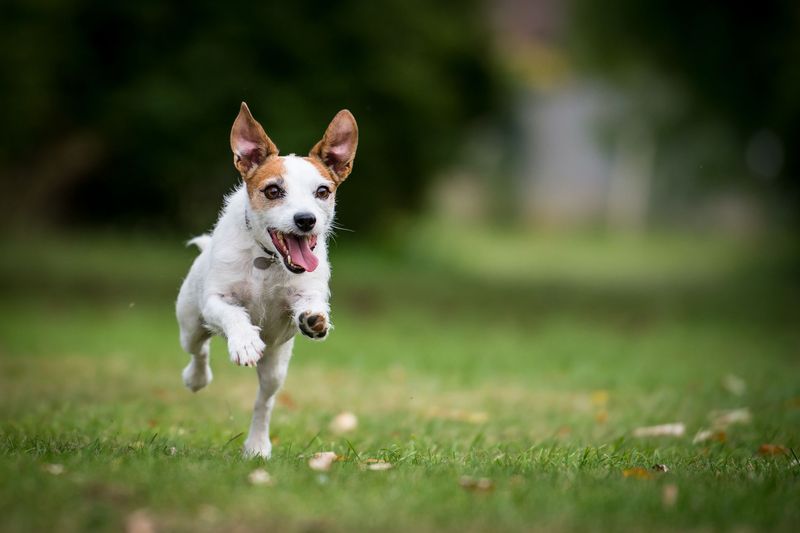
Pocket-sized bundles of lightning-fast energy and determination fool many into thinking they’re getting an easy apartment dog. Wrong! These little hunters were bred to chase foxes relentlessly.
Jack Russells often overwhelm owners with their non-stop activity and surprising stubbornness. Many end up at shelters when families can’t match their energy or handle their selective hearing during training sessions.
5. Dalmatians
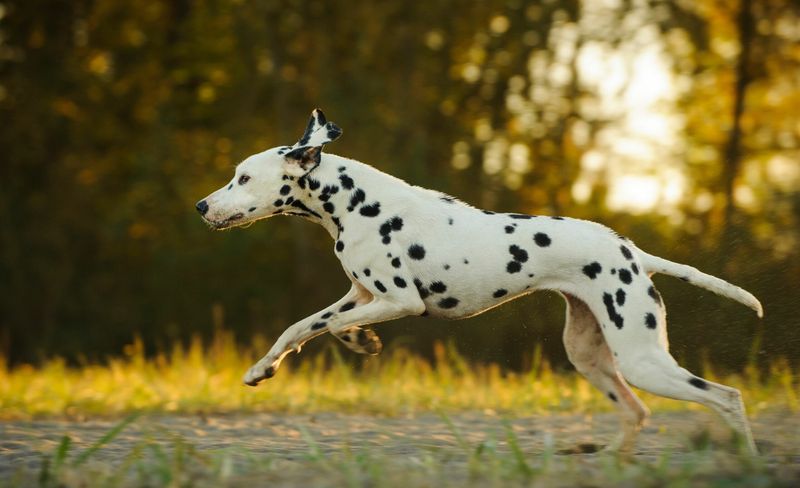
101 Dalmatians created a rush of adoptions, followed by a wave of returns. These spotted beauties need far more than just looking good against fire trucks.
Bred as carriage dogs, they have incredible stamina and can be quite headstrong. Many families surrender them when surprised by their high exercise requirements and sometimes challenging temperaments that don’t match their cartoon counterparts.
6. Australian Cattle Dogs
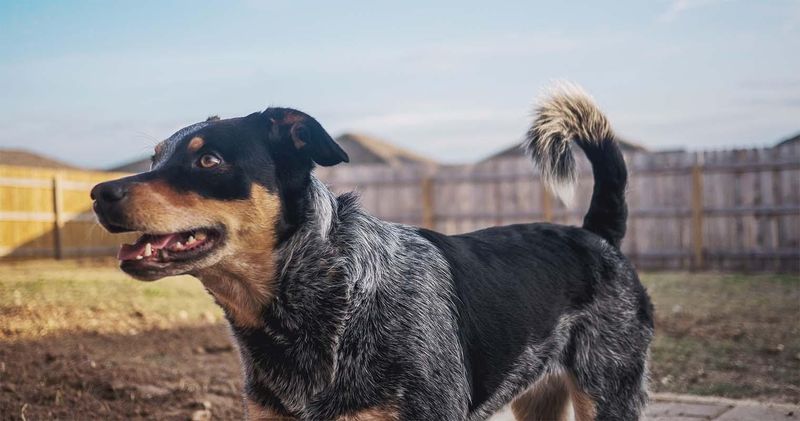
Ranchers prize these dogs for working cattle from sunup to sundown. City dwellers quickly learn the hard way that apartment living rarely satisfies their need for purpose.
Without a job, Cattle Dogs create their own entertainment—usually by nipping heels or dismantling furniture. Their intelligence combined with boundless energy leads many unprepared owners to surrender these working dogs to shelters.
7. Akitas
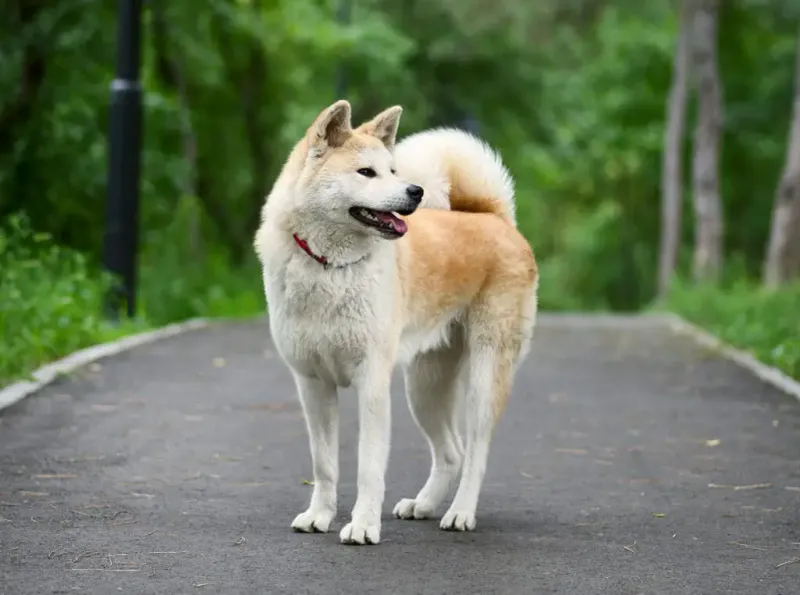
Ancient Japanese guardians aren’t known for their people-pleasing attitudes. Akitas bond deeply with their families but often view strangers with suspicion, creating challenges in our social world.
Their independent nature makes training a test of wills rather than a simple task. Many owners surrender these powerful dogs when they realize how much consistent training and socialization these dignified giants require.
8. Chow Chows
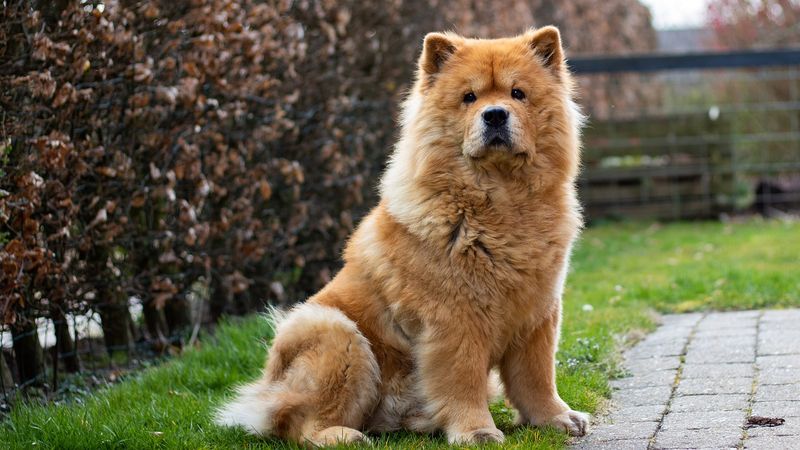
Beyond that adorable teddy bear exterior lies a stubborn, independent spirit. Chow Chows aren’t typically the cuddly companions their appearance suggests.
Their aloof nature and tendency toward territorial behavior surprise many owners expecting an affectionate family pet. The combination of significant grooming needs and their reserved temperament leads many of these ancient Chinese dogs to shelter life.
9. Cane Corsos
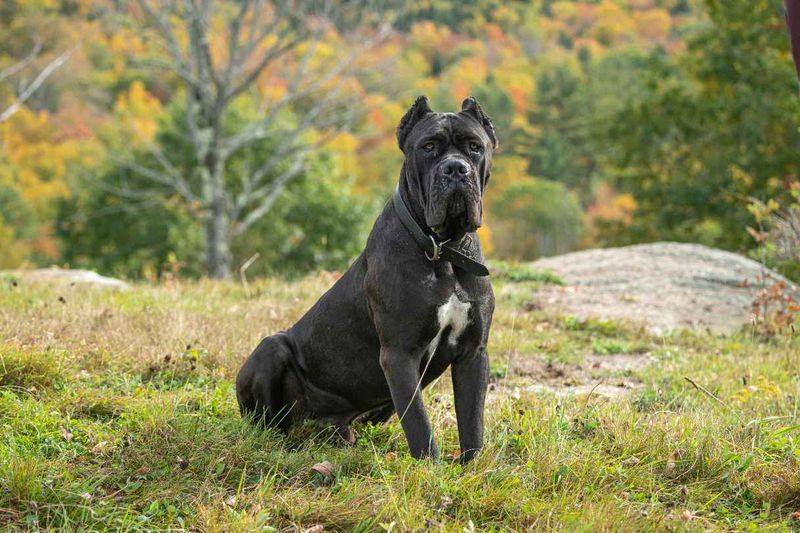
Powerful Italian mastiffs look impressive but require owners who can match their strong will. Without proper training, these protective dogs can become overprotective or difficult to control.
Their size alone—often exceeding 100 pounds—creates challenges when they aren’t properly socialized. Many families surrender these magnificent guardians when they realize they’ve taken on more dog than they can handle.
10. Weimaraners
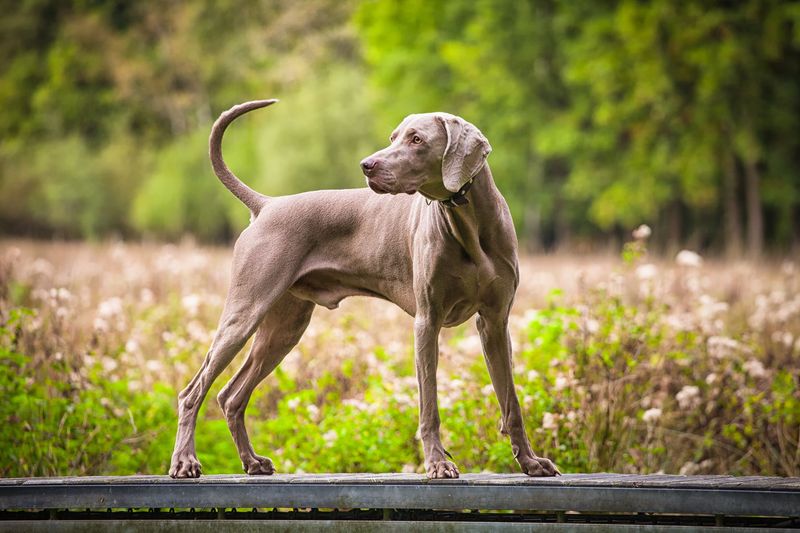
Nicknamed “shadow dogs” for their desire to follow owners everywhere, Weimaraners struggle mightily when left alone. Their separation anxiety can lead to destructive behaviors that overwhelm unprepared owners.
Combined with their high energy levels and hunting instincts, these “gray ghosts” require serious commitment. Many end up in shelters when families can’t accommodate their need for constant companionship and exercise.
11. Golden Retrievers
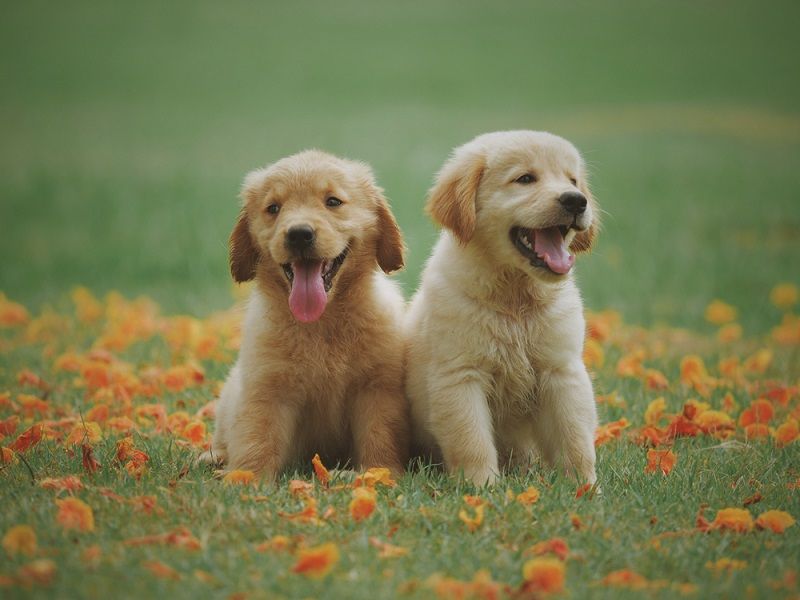
Legendary for their patient nature with children and eager-to-please attitudes, Goldens consistently rank among the most successful family adoptions. Their adaptable personalities suit various household energy levels.
While they need regular exercise, they’re not typically excessive in their demands. Their forgiving nature makes training mistakes less consequential, giving new owners room to learn alongside their furry companion.
12. Cavalier King Charles Spaniels
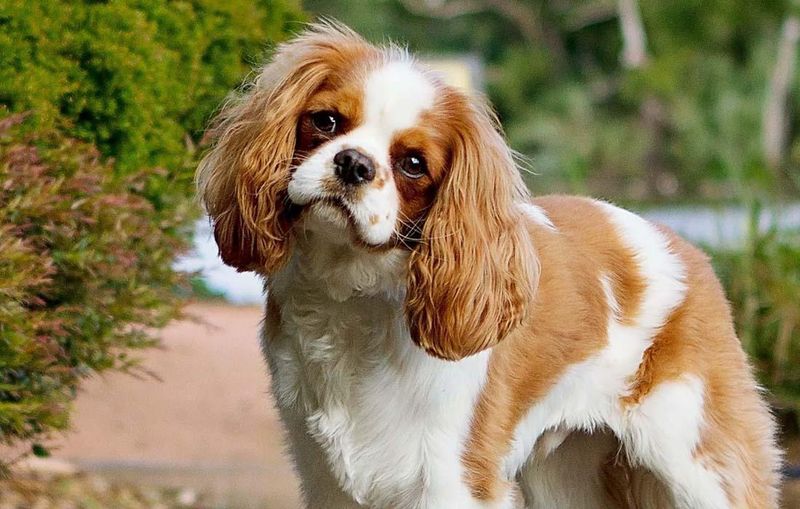
Royal companions for centuries, these gentle souls excel at adapting to their owner’s lifestyle. Whether you’re active or prefer quiet evenings, Cavaliers happily match your pace.
Their moderate exercise needs and naturally affectionate temperament make training relatively straightforward. While no dog is maintenance-free, their manageable size and sweet disposition make them particularly forgiving for first-time owners.
13. Greyhounds

Despite their racing reputation, retired greyhounds are actually among the laziest dog breeds! These gentle speedsters are content with short bursts of activity followed by hours of lounging.
Their calm house manners and quiet nature make them excellent apartment dogs. Many new owners are pleasantly surprised to find these elegant athletes spend most of their day napping contentedly on the softest available surface.
14. Bichon Frises
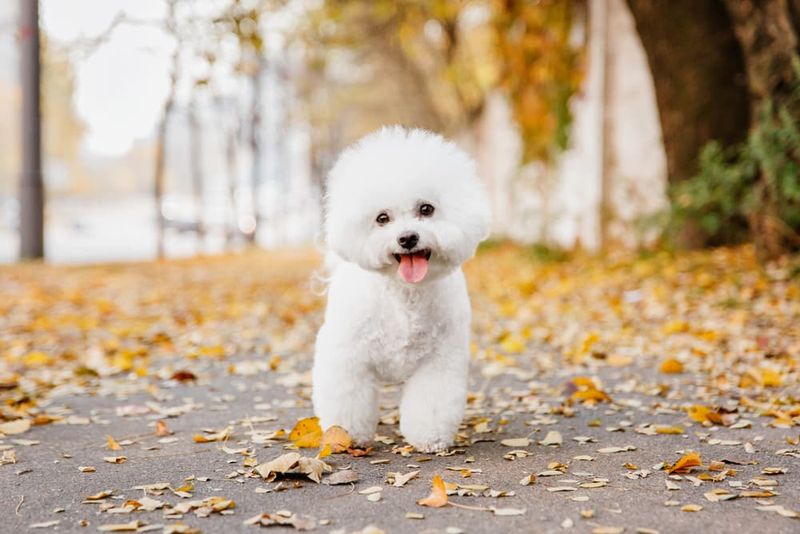
Perpetually cheerful cotton balls with legs, Bichons bring joy without the extreme exercise demands of larger breeds. Their people-oriented nature makes them eager training partners.
While they require regular grooming, their minimal shedding appeals to many first-time owners. Their adaptable size makes them suitable for various living situations, and their naturally sociable temperament helps them fit easily into family life.
15. Mixed-Breed Shelter Adults
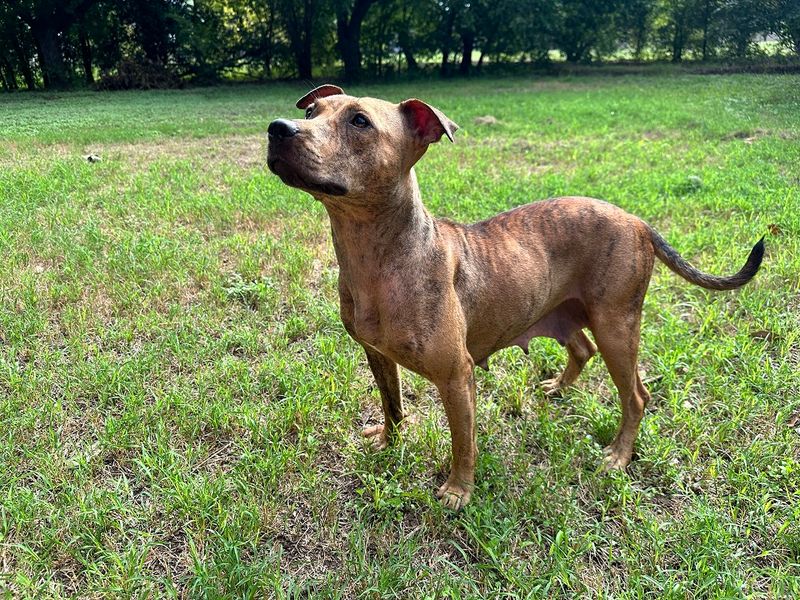
Overlooked treasures at shelters, adult mixed-breeds often come with fully developed personalities that staff can accurately describe. Unlike puppies, what you see is what you get!
Many have basic training and settled energy levels, making the adjustment period more predictable. Shelter staff typically match these dogs carefully with potential owners, increasing the chances of a successful first-time adoption experience.

